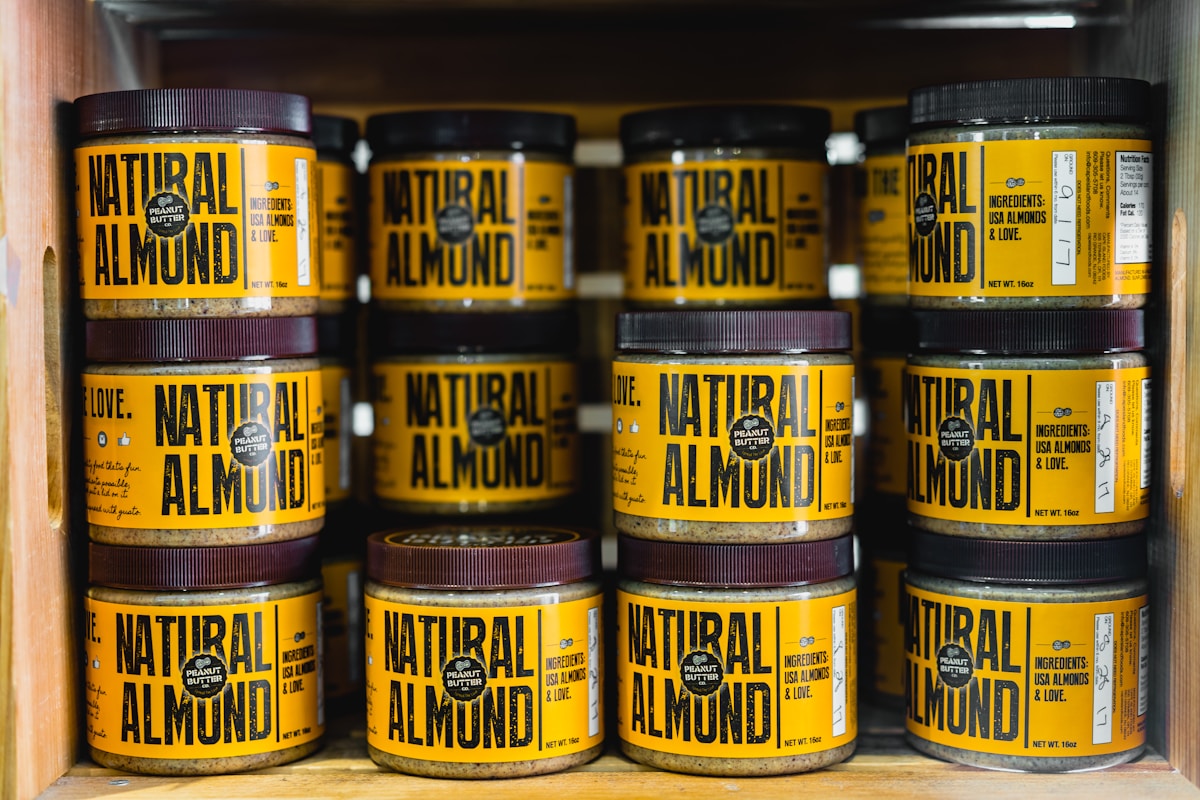Launching
When launching Dips there was a lot to think about and obviously, as a food product the flavour comes out as the most important thing. However, there are a lot of other things that need to be considered too.
- Packaging
- Design
- Pack size
- shelf presence

We had no idea how much legislation there is around labels and the goal posts are constantly being moved, for larger companies this is not so much of a problem but as a small brand trying to get a foothold in the market it can be something that can put real pressure on your business.
Not only is there a ton of legislation about what you can and can't put on your label it can be quite hard to get hold of anyone in trading standards to check it over (this is not their fault they are woefully understaffed and these requests can take up a lot of time). All of this combined can make it very difficult to make sure your product labels legal.
Luckily I found a reasonably priced freelancer that can check your labels and is very helpful his name is Pedro Mendez he was recommended to me and we can't recommend him highly enough.

Once you have made sure your labels are legal you then have to figure out what you are going to print your labels on and find someone to do it for a price that is reasonable for your product. When printing labels the options are endless
- Transparent or white stock
- foiling
- thick paper
- matt or gloss finish
- one colour or multiple colours
- Fluorescent pigments (these can be very tricky to achieve)
- UV flexography or EP digital or Letterpress or hotfoil or thermal or gravure label
